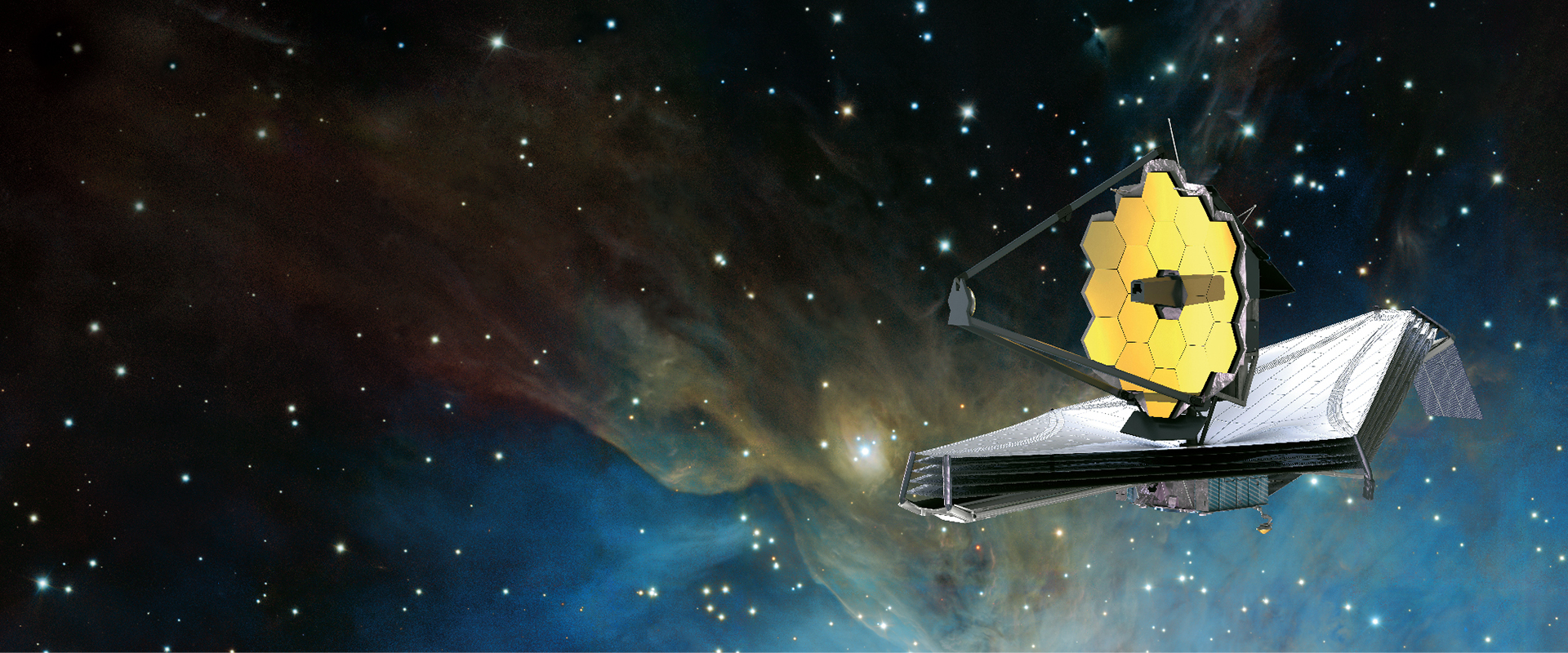The James Webb Space Telescope (Webb) is an orbiting observatory with an approximately 6.5-metre primary mirror. With a broad infrared coverage and vastly improved sensitivity, Webb studies every phase in the history of the Universe, from the first stars and galaxies to the formation of planetary systems capable of supporting life, to the Solar System's evolution.
This special exhibition introduced the use of the telescope as a tool of astronomy, Webb's innovative technologies and its science goals. The exhibition also featured an animatronic model of the Webb telescope, supplemented by exhibits that explained the science behind infrared astronomy.

Replica of Galileo's telescope: Italian astronomer Galileo Galilei pointed his telescope to the heavens for scientific observation in 1609. He eyewitnessed that the Moon had Earth-like valleys and mountains and Jupiter was surrounded by four satellites, etc. Galileo's discoveries revolutionised our understanding of the Universe. The replica was on loan from Museo Galileo: Institute and Museum of the History of Science in Italy.
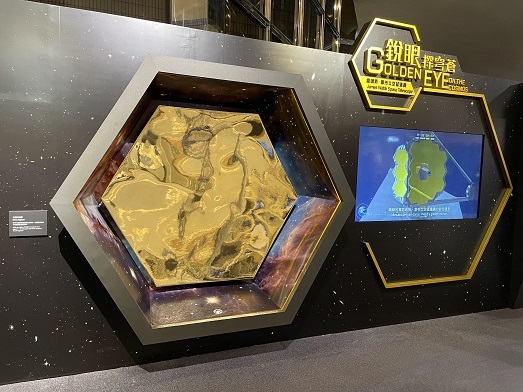
Life-size replica of a mirror segment: Webb's primary mirror is 6.5 m across and made from 18 highly polished hexagonal mirror segments. Under each mirror segment, actuators adjust the mirror's curvature to achieve a perfect focus. The exhibition showcased a life-size replica of one of the segments.

Beryllium sample: Webb's primary mirror is made of Beryllium (symbol Be), the fourth element in the Periodic Table. Despite its density being comparatively lower than other metals, Beryllium is very strong and good at holding its shape across a range of temperatures. The Beryllium sample showcased was provided by Dr Jason Kwan Kit CHAN, Assistant Professor of Science Education, Department of Chemistry, The Hong Kong University of Science and Technology.
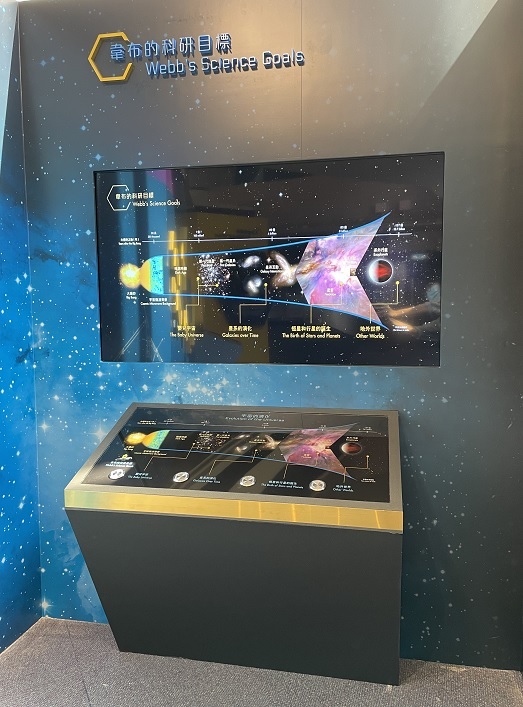
Webb's science goals: Webb examines every phase of cosmic history: from the first luminous glow after the Big Bang to the formation of galaxies, stars, and planets to the evolution of the Solar System.
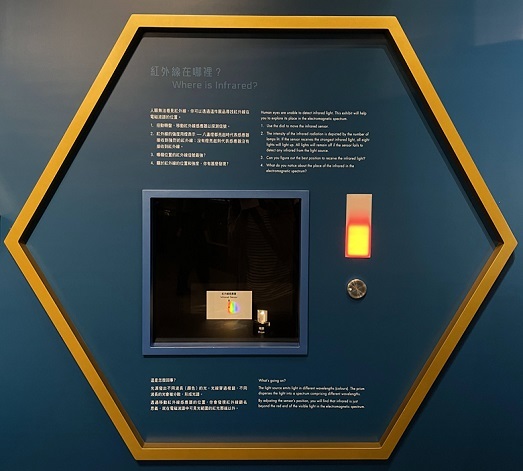
Where is infrared?: Webb has a broad infrared coverage. Human eyes are unable to detect infrared light. This interactive exhibit helped visitors to explore its place in the electromagnetic spectrum.
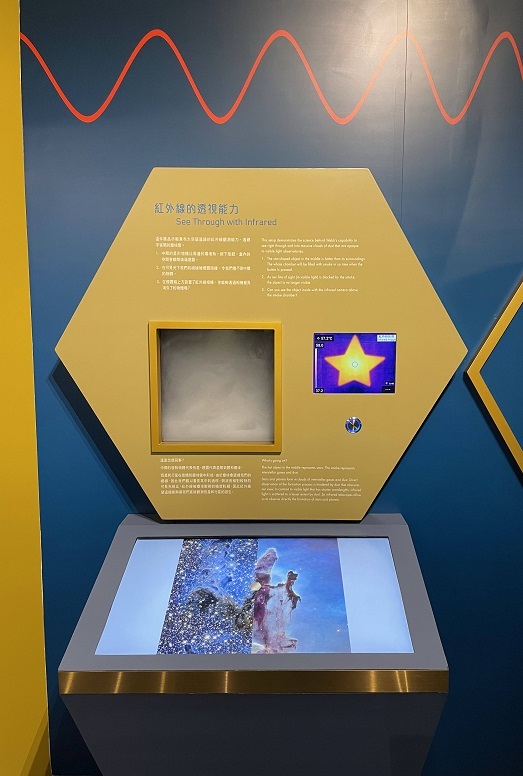
See through with infrared: Stars and planets form in clouds of interstellar dust. Optical observation of the formation process is hindered by dust that obscures visible light. In contrast to visible light that has shorter wavelengths, infrared light is scattered to a lesser extent by dust. So infrared telescopes allow us to observe the formation of stars and planets directly. This interactive exhibit generated smoke to simulate interstellar dust and demonstrated the penetrating power of infrared light.
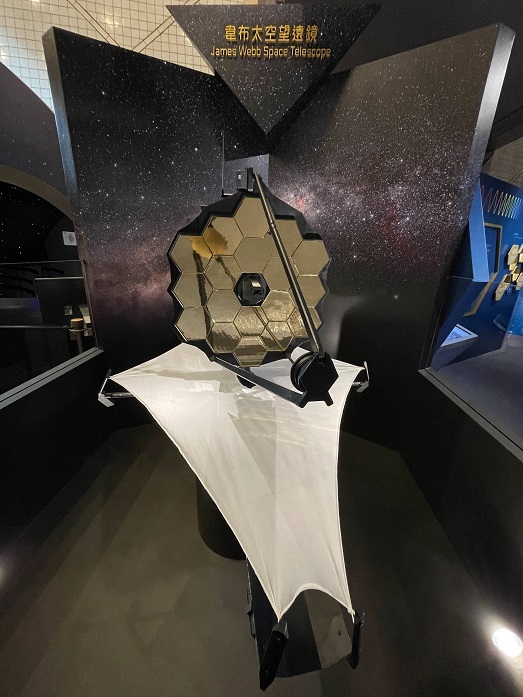
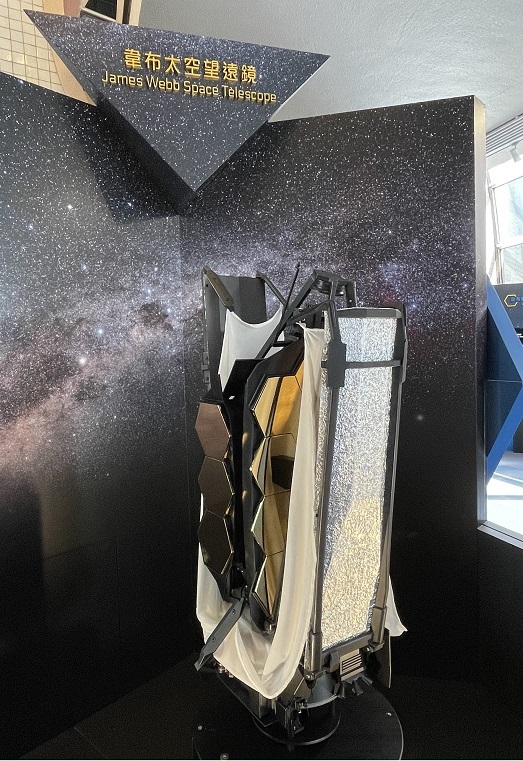
Animatronic model of Webb: Too big to fit into the fairing of any existing rocket, Webb is designed to be foldable. This animatronic model demonstrated the complete sequence of Webb's deployment.


